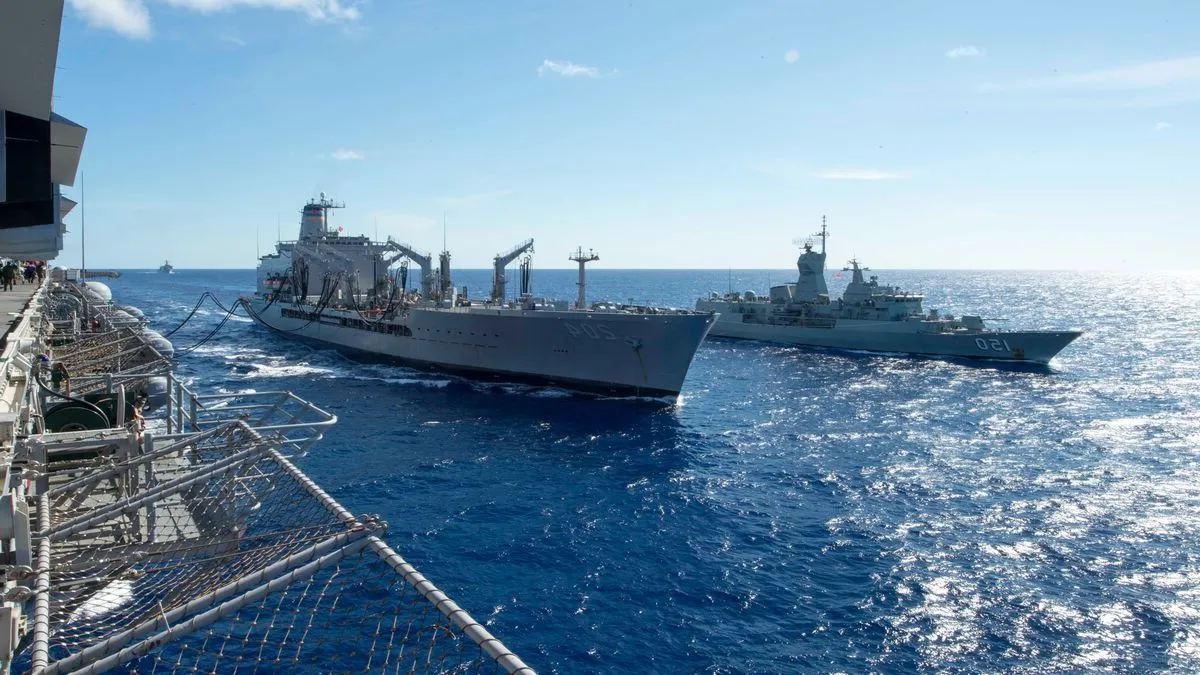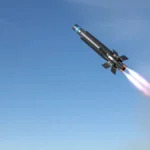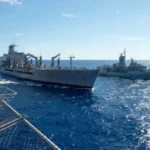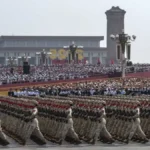U.S. Navy leaders involved in Project 33 are working to expand the scope of the program and cover more mission areas. The plan now focuses on key priorities such as upgrading Navy infrastructure, increasing the performance of ships, aircraft and submarines, increasing the number of trained personnel and strengthening operations through live, virtual and creative environments, said Vice Admiral Blake Converse, deputy commander of the U.S. Pacific Fleet.
Launched by the Chief of Naval Operations in September, Project 33 highlights seven key goals with a strong focus on autonomy and artificial intelligence. The initiative is designed to prepare the Navy for a potential conflict with China by 2027 while building long-term strategic power for the United States.
At TechNet Indo-Pacific 2024, Converse explained that Project 33 aims to make meaningful progress quickly by making the most of existing resources. One of the key goals includes scaling and integrating robotic and autonomous systems into the fleet by 2027, and officials noted that progress is already underway.
Project 33: Shaping the Future of the Navy
At the core of Franchetti’s vision is Project 33, a forward-looking plan designed to ensure the Navy is fully prepared for any potential conflict by 2027. The strategy revolves around several key objectives:
Scale robotic and autonomous systems: The Navy realizes that it cannot quickly build conventional ships to match China’s expanding fleet. Instead, it has turned to robotic and autonomous platforms to enhance warfighting capabilities at a lower cost. These systems protect Sailors from danger while creating a more agile and adaptable force. By 2027, Franchetti intends to integrate these technologies into all deployed carriers and expeditionary strike groups.
Combat-Ready by 2027: Franchetti’s navigation plan aims to fully prepare the Navy for potential conflicts, especially in response to China’s growing maritime presence. Project 33 focuses on creating a hybrid fleet of manned and unmanned systems, ready to operate in essential mission areas such as surveillance, fires, logistics and networking.
Information Dominance: As modern warfare becomes increasingly data-driven, the Navy is prioritizing the collection, analysis and sharing of critical information across its forces. Through new Maritime Operations Centers (MOCs) and integration into the U.S. military’s Joint All-Domain Command and Control (CJADC2) system, the Navy will be able to make rapid, data-informed decisions that can shape the outcome of any engagement.
Maritime Denial/Control
Maritime denial and maritime control are key goals of Project 33. In the Indo-Pacific region, joint forces are exploring ways to use geography to control and restrain enemy movements. Both traditional and new capabilities under development aim to make key areas inaccessible to hostile adversaries. Artificial intelligence (AI)—still largely untapped among emerging technologies—will play a critical role in enabling UxS. AI has applications in every aspect of maritime denial and maritime control, from ISR to fires, command-and-control, and logistics. The military must continue to define clear requirements, use cases, and operational concepts to drive the industry forward. Military leaders need to be tech-savvy, with knowledge ranging from computer science to engineering. For this reason, the CNO’s NavPlan emphasizes a campaign focused on learning and building the right warfighter skills.
At the same time, the joint force must avoid “overlearning” from the current conflicts in Ukraine and the Middle East. UxS is important in both theaters, but those systems are not long-lasting, autonomous platforms that can be recovered if not used, and they lack the large, isolated payloads needed for the vast distances in the Indo-Pacific.
In addition to using UxSs, U.S. Indo-Pacific Command is improving its ability to operate across the region’s vast battlefields through rehearsals, exercises, and refinements of command and control. These include training and exercises that standardize joint task force-level commands, which can be rapidly established to respond to crises or conflicts, up to service operations centers such as the enhanced MOC through Project 33. Annual joint exercises – including Pacific Sentry and Northern Edge – and service-specific exercises – such as the Air Force’s Return of Forces to the Pacific and the Army’s Operation Pathways – allow for large-scale testing of headquarters from the combatant-command level down to individual units, continuously improving command and control.
Broad Threat Landscape
While much of the focus has been on China, the Navigation Plan also identifies other emerging threats. From a “wounded and isolated” but still capable Russia, to Iranian-backed groups like the Houthis and ongoing unrest in the Middle East, the Navy must be prepared to confront a variety of threats around the world. These threats also exist below the surface, as recent attacks on submarine pipelines and communications cables have exposed vulnerabilities in maritime infrastructure.
These threats illustrate why Project 33’s objectives are so important: to create a battle-ready fleet equipped with cutting-edge technology and capable of confronting a variety of threats in all domains.
FAQs
Project 33 is the US Navy’s plan to strengthen its presence in the Indo-Pacific by 2027 and prepare for potential conflicts. It focuses on modern technologies such as robotic ships, autonomous systems and AI to make the fleet faster, safer and more effective. The project helps the Navy deal with a variety of threats, including China, Russia and other regional challenges.
The Navy is adding robotic and autonomous platforms to protect sailors and increase warfighting power at a low cost. AI helps in areas such as surveillance, logistics and decision-making. By 2027, these technologies are expected to work alongside traditional ships, submarines, and aircraft, making the fleet smarter and more flexible.
While China’s growing maritime power is a key focus, the Navy is also preparing to confront threats from Russia, Iranian-backed forces, and instability in the Middle East. Project 33 also addresses maritime threats such as attacks on pipelines and communications cables to protect critical maritime infrastructure.
Project 33 strengthens coordination between the Navy, Air Force, Army, and allied forces. Through joint exercises, advanced command centers, and simulations, the U.S. can respond quickly to crises. Trending technologies like AI-powered decision systems and unmanned vehicles help militaries stay ahead of adversaries in the broader Indo-Pacific region.








Leave a Reply